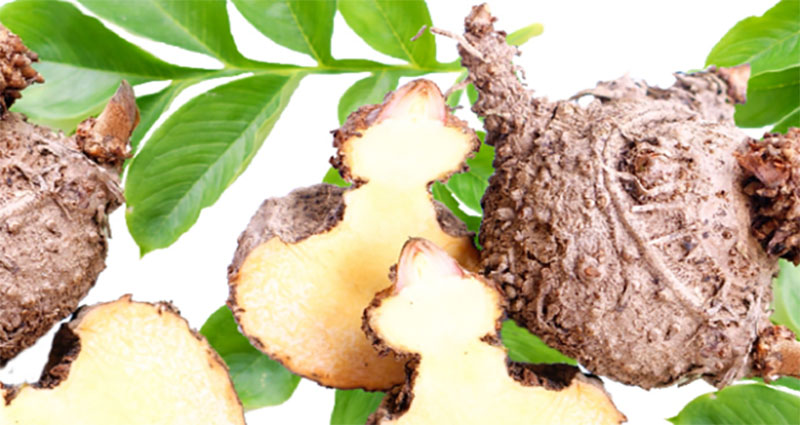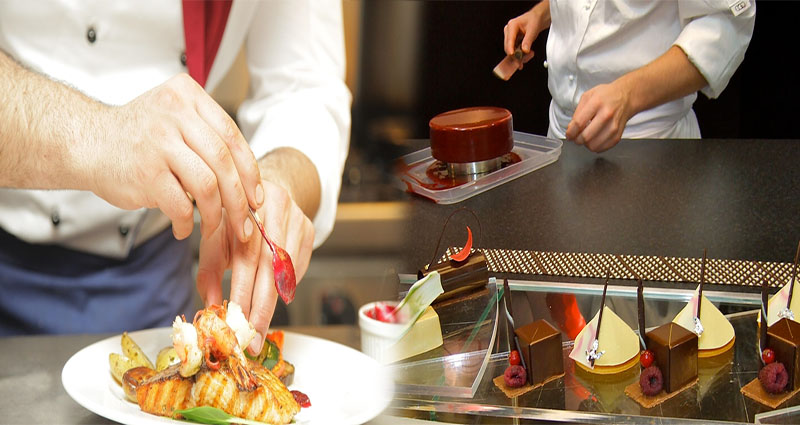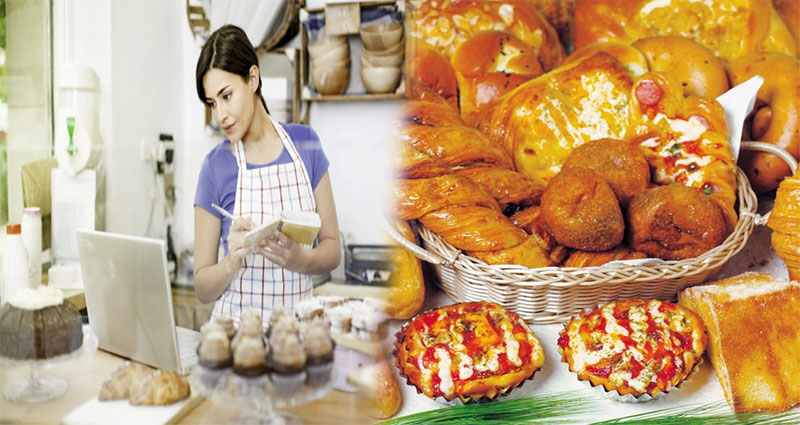Effective Strategies for Managing a Successful Restaurant Business
Running a restaurant business can be a rewarding yet challenging endeavor. To ensure the success and longevity of your restaurant, it is crucial to implement effective strategies that can help you navigate the competitive landscape of the food industry. Here are some key strategies to consider for managing a successful restaurant business:
1. Focus on Quality and Consistency
One of the most important factors in the success of a restaurant is the quality of the food and service. Ensure that your menu offerings are of high quality and consistently meet customer expectations. Train your staff to deliver exceptional service consistently to create a positive dining experience for your customers.
2. Embrace Technology
In today’s digital age, incorporating technology into your restaurant operations can streamline processes and enhance customer experience. Utilize online reservation systems, mobile ordering apps, and POS systems to improve efficiency and customer convenience. Additionally, leverage social media and … READ MORE ...













